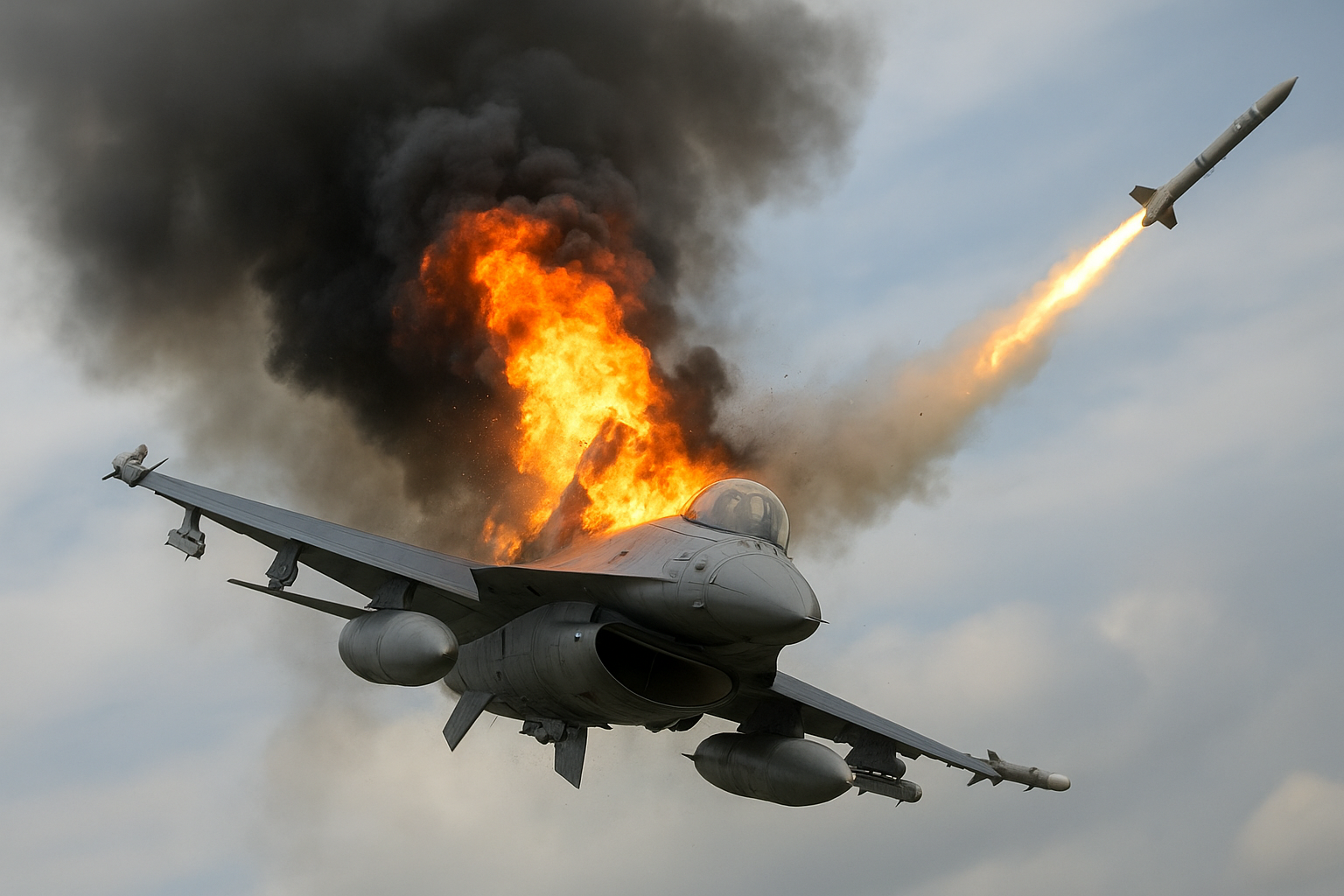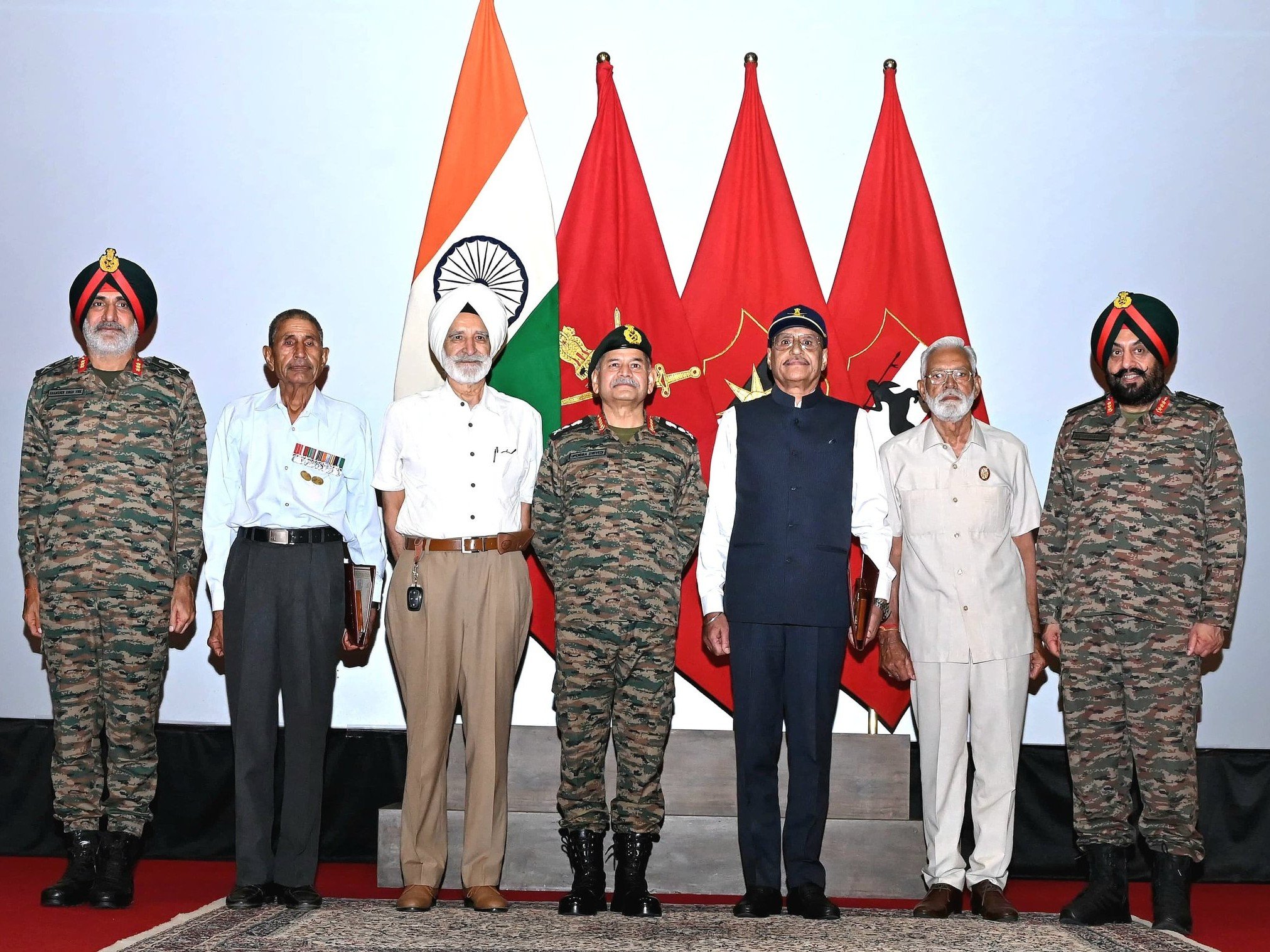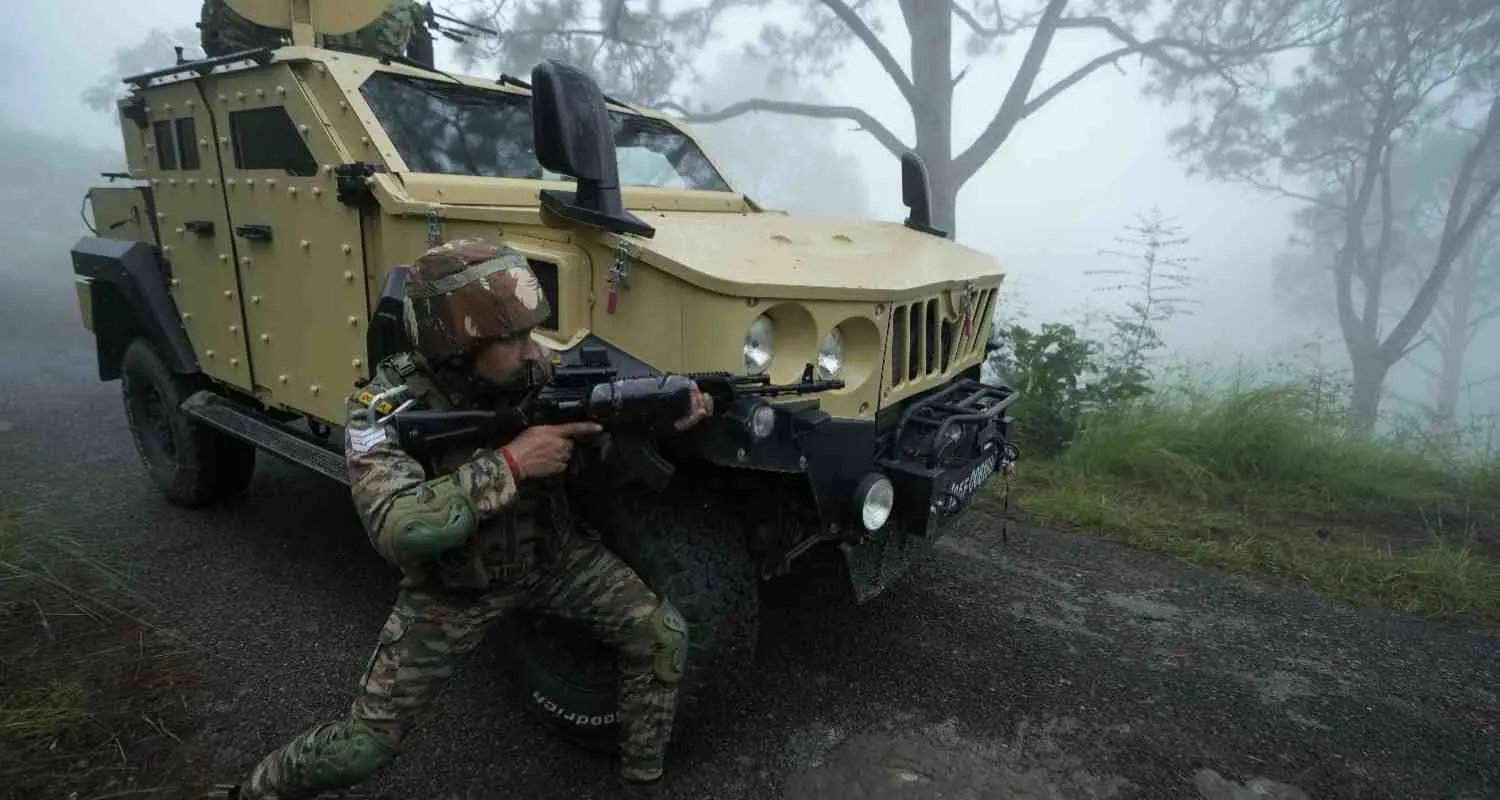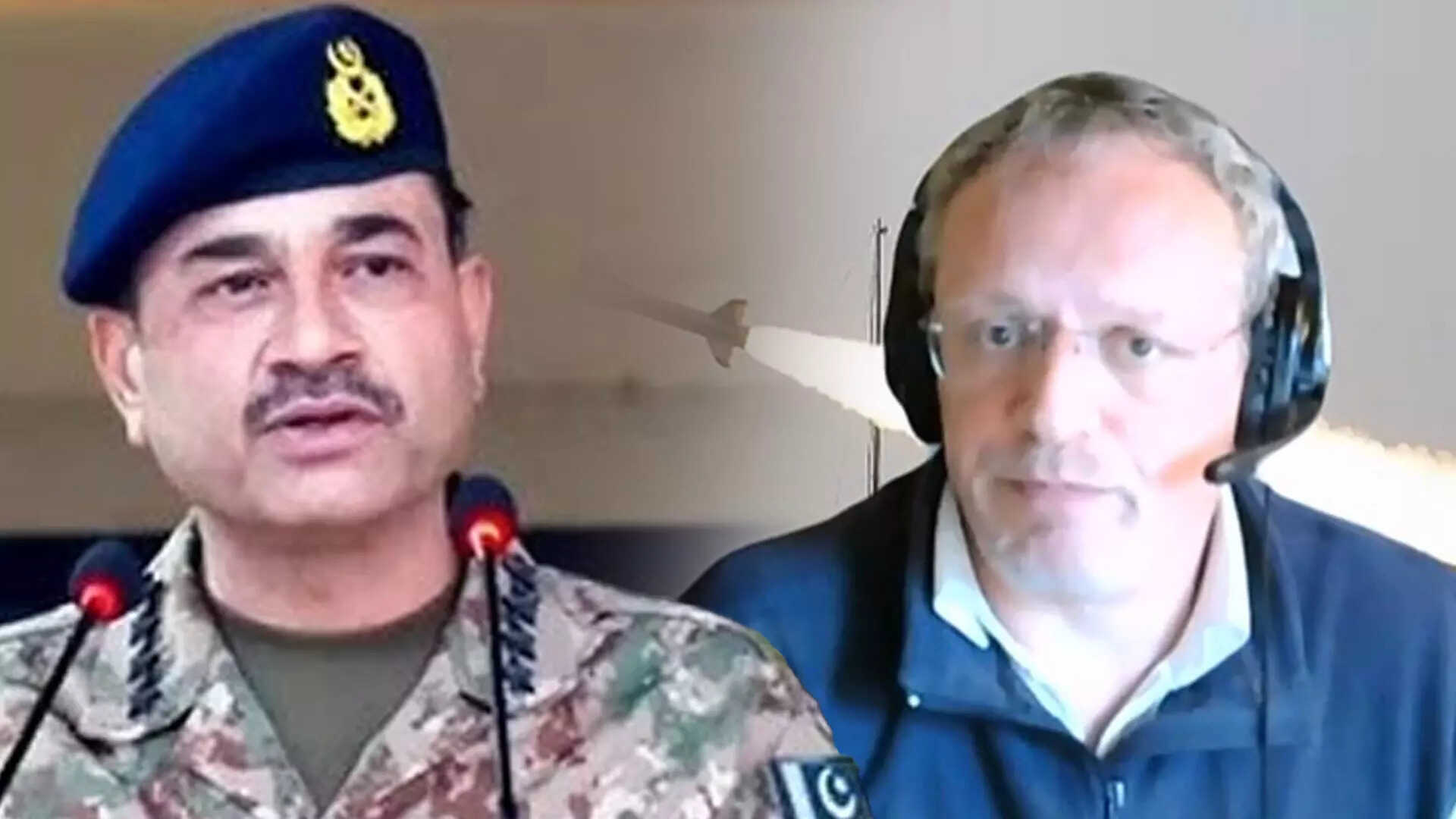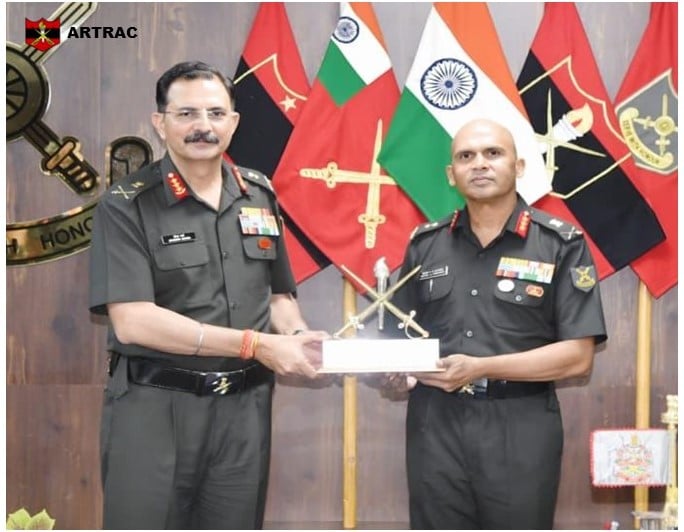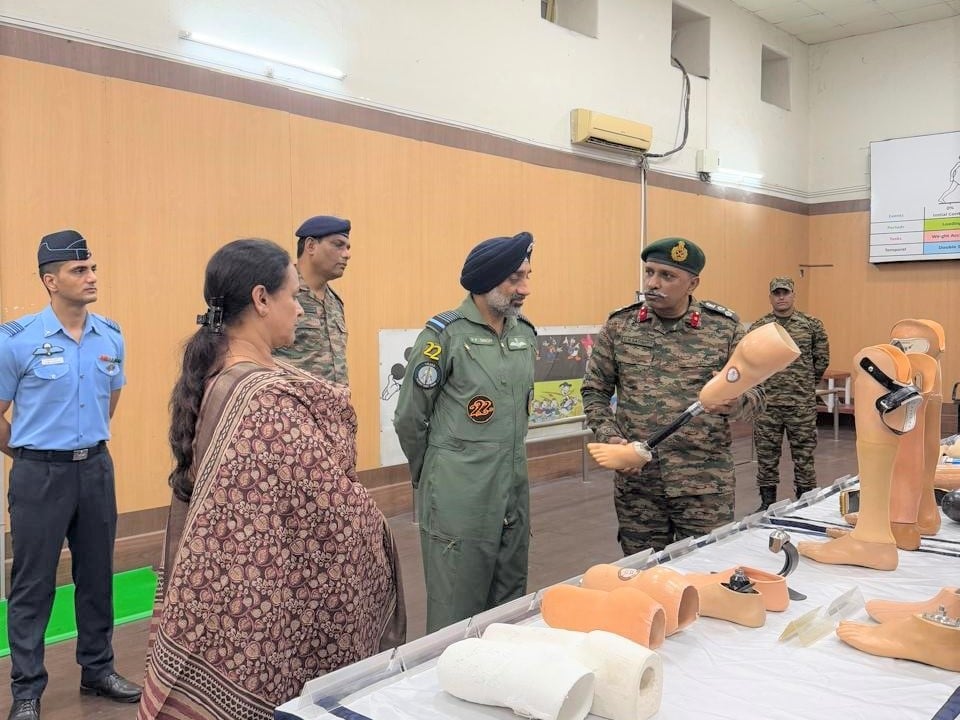US Declines to Confirm Pakistan’s F-16 Losses During Operation Sindoor
The United States has refused to confirm whether the Pakistan Air Force (PAF) lost any F-16 fighter jets during Operation…
Veteran Achievers Award: Army Honours Four Retired Heroes for Service Beyond the Uniform
Chief of the Army Staff General Upendra Dwivedi presented the prestigious Veteran Achievers Award to four distinguished ex-servicemen at Bathinda…
Smart Fences, Robotic Mules and All-Terrain Vehicles Strengthen LoC Security in J&K
The Indian Army has reinforced security along the Line of Control (LoC) in Jammu and Kashmir’s Rajouri district with advanced…
Austrian Military Aviation Analyst Says Pakistan’s Air Losses in Operation Sindoor Exceeded Official Indian Claims
Austrian military aviation expert Tom Cooper has backed claims that Pakistan’s air losses during India’s Operation Sindoor in May 2025…
Lieutenant General Devendra Sharma Visits Officers Training Academy, Chennai
Lieutenant General Devendra Sharma, General Officer Commanding-in-Chief of the Army Training Command (ARTRAC), visited the Officers Training Academy (OTA) in…
Air Force Chief Visits Artificial Limb Centre, Meets Operation Sindoor Hero
The Chief of the Air Staff, Air Chief Marshal AP Singh visited the Artificial Limb Centre in Pune today and…

